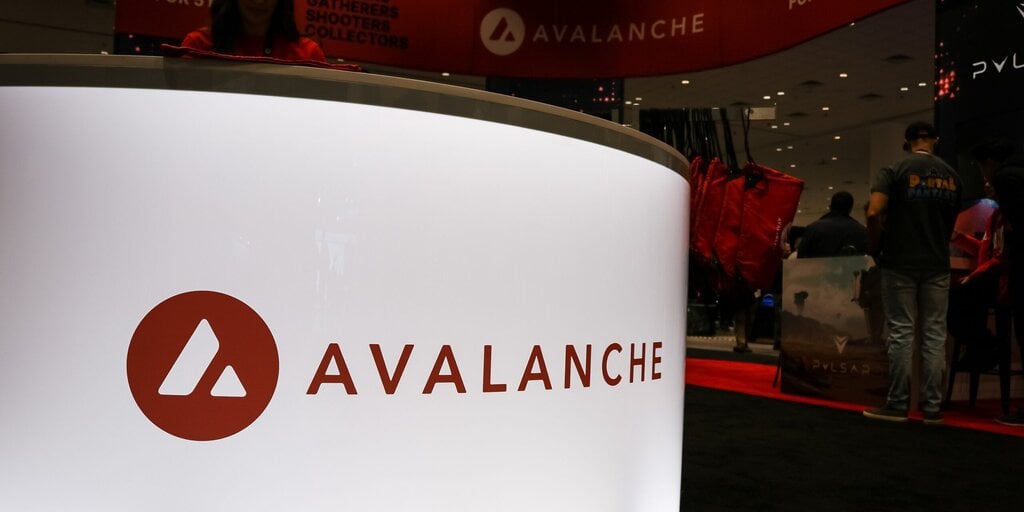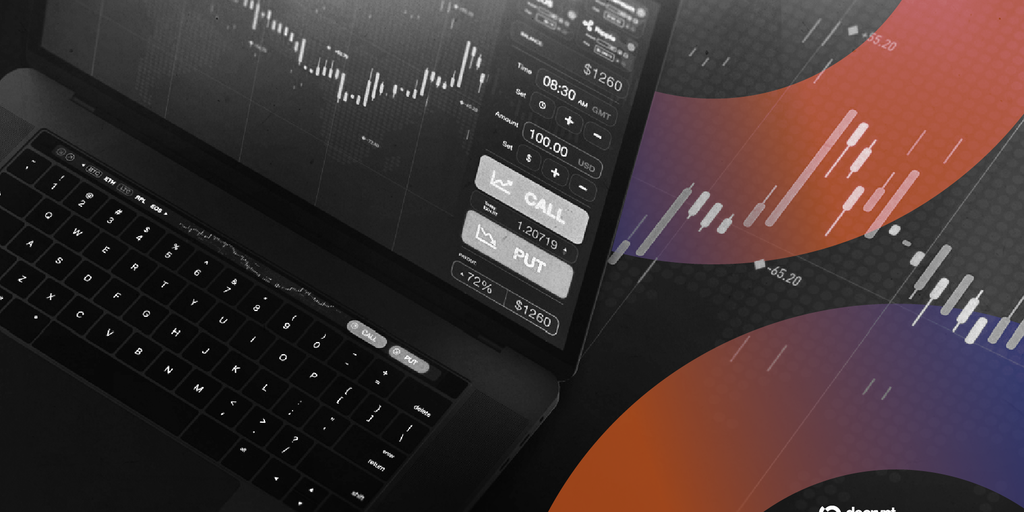In brief
- Avalanche Treasury Co. is merging with Mountain Lake Acquisition Corp. in a $675 million deal, targeting a Nasdaq listing in Q1 2026 with $460 million in treasury assets.
- An exclusive Avalanche Foundation partnership includes a $200 million initial AVAX purchase at a discount, offering investors 23% savings versus direct purchases.
- The firm’s goal is to amass $1 billion in AVAX and actively drive ecosystem growth through protocol investments and enterprise partnerships.
A new treasury company is spinning up with the goal of amassing a significant amount of Avalanche cryptocurrency, with support from the Avalanche Foundation.
Avalanche Treasury Co. has announced a definitive business combination agreement with Mountain Lake Acquisition Corp. (Nasdaq: MLAC), creating a publicly traded company focused on institutional AVAX exposure.
The transaction is valued at over $675 million and includes approximately $460 million in treasury assets, the companies said, with an expected Nasdaq listing for the combined company in Q1 2026.
Boasting an “exclusive relationship” with the Avalanche Foundation—the entity that supports development and adoption of the layer-1 Avalanche blockchain network—the treasury will debut with an initial $200 million AVAX token purchase at a discounted price, plus an 18-month priority on Avalanche Foundation token sales to U.S. treasury firms.
According to the firm, it will offer investors entry at 0.77x net asset value—a 23% discount compared to direct AVAX purchases or passive ETF alternatives.
The company’s strategy centers on three pillars: targeted protocol investments to drive adoption, partnership activation with enterprises building blockchain infrastructure for real-world assets and payments, and direct support for institutional Avalanche L1 network launches.
Avalanche Treasury Co. aims to accumulate over $1 billion worth of AVAX following its IPO. AVAT frames its mission as serving as a “growth engine” for the Avalanche ecosystem, actively deploying capital to accelerate network development rather than simply holding tokens passively.
The firm’s leadership includes CEO Bart Smith, a Wall Street veteran from Susquehanna International Group and AllianceBernstein, alongside COO Laine Litman and Chief Strategy Officer Budd White. Ava Labs founder Emin Gün Sirer will serve as strategic advisor, while Chief Business Officer John Nahas is joining the board.
Avalanche Treasury’s advisory board features prominent crypto figures including Haseeb Qureshi (Dragonfly Capital), Jason Yanowitz (Blockworks), and Stani Kulechov (Aave). The transaction has attracted investors including Dragonfly, ParaFi Capital, VanEck, Galaxy Digital, Pantera Capital, and Kraken, among others.
In September, Bitcoin miner AgriFORCE announced a pivot towards Avalanche with plans to raise approximately $550 million to start stockpiling AVAX. The firm’s stock spiked 200% soon after the announcement but has since shed much of those gains, with the stock showing a 48% gain over the past month.
AVAX is down about 1% on the day to $30.23 and trading roughly flat on the week, even as assets like Bitcoin, Ethereum, and Solana post substantial gains.
Daily Debrief Newsletter
Start every day with the top news stories right now, plus original features, a podcast, videos and more.










